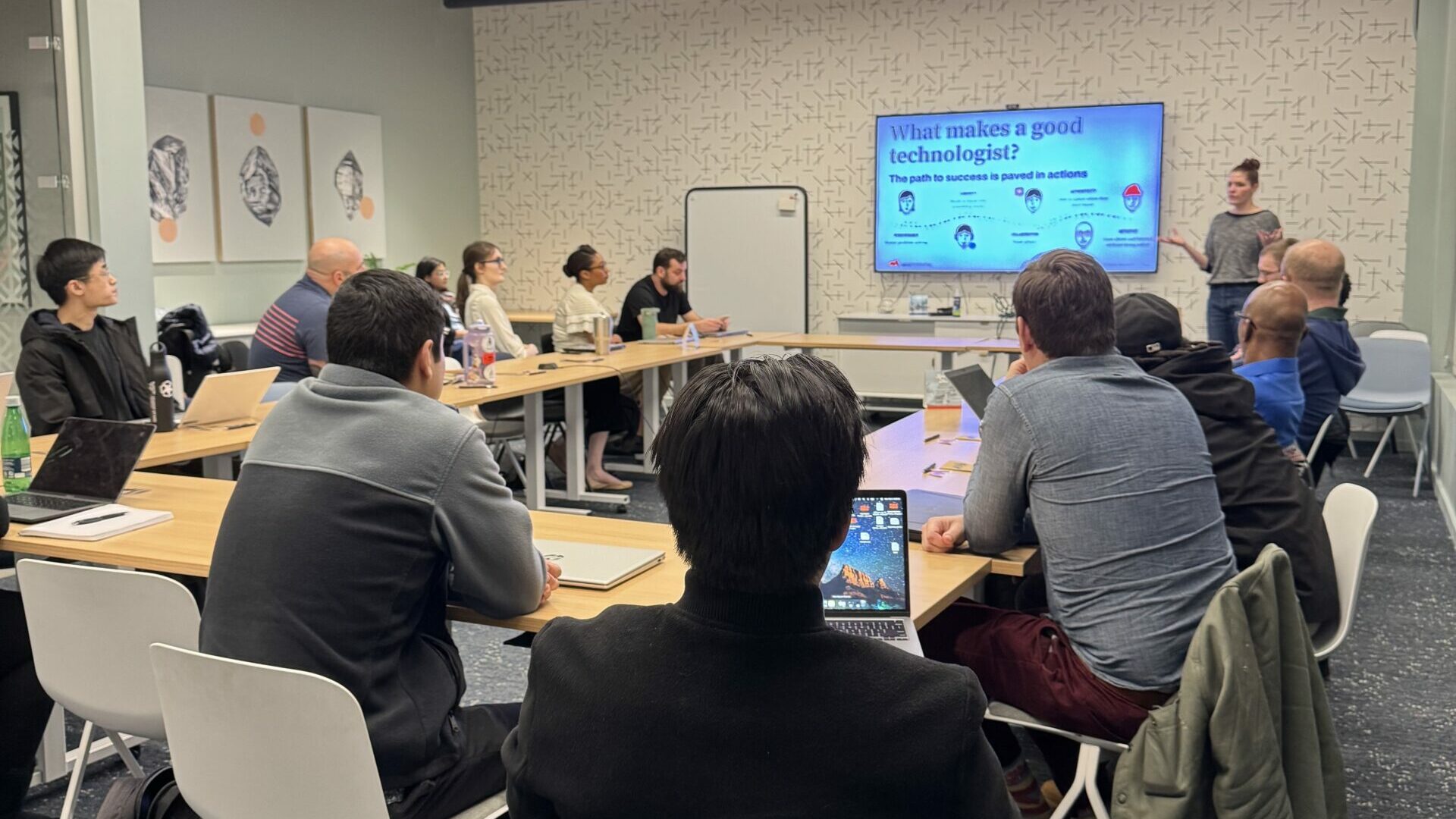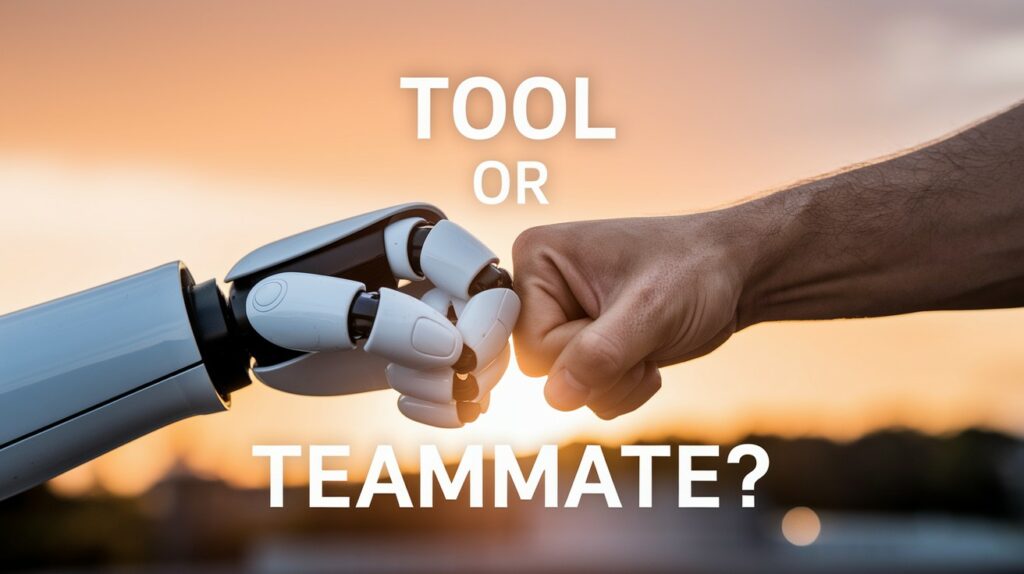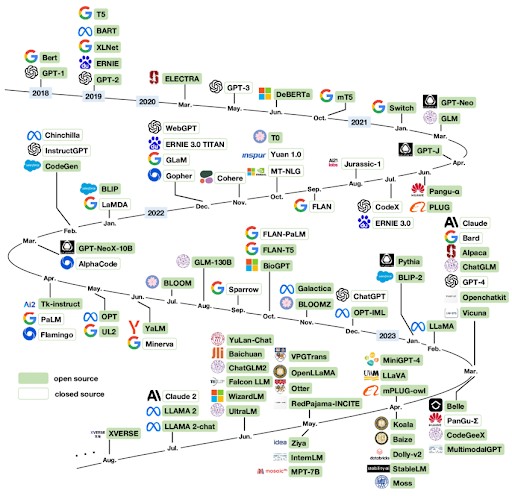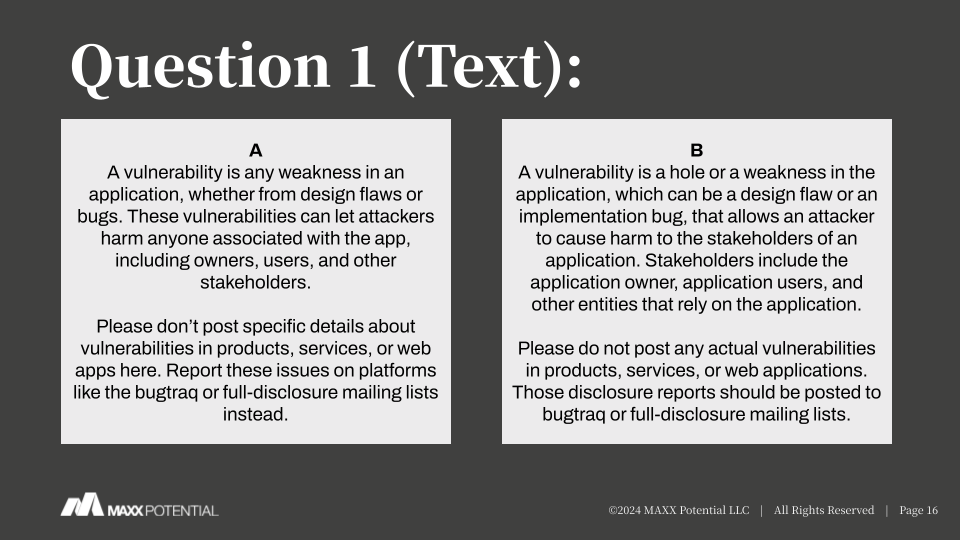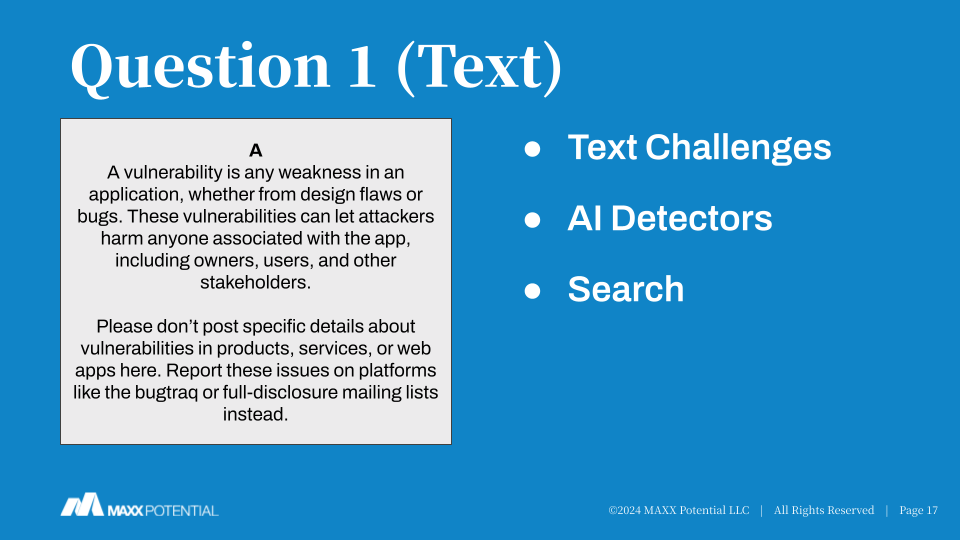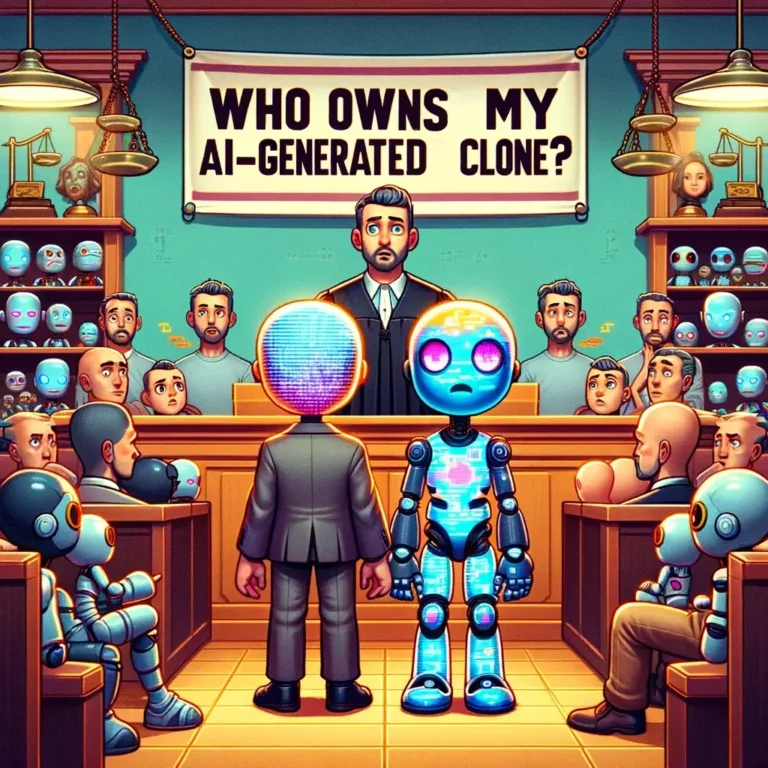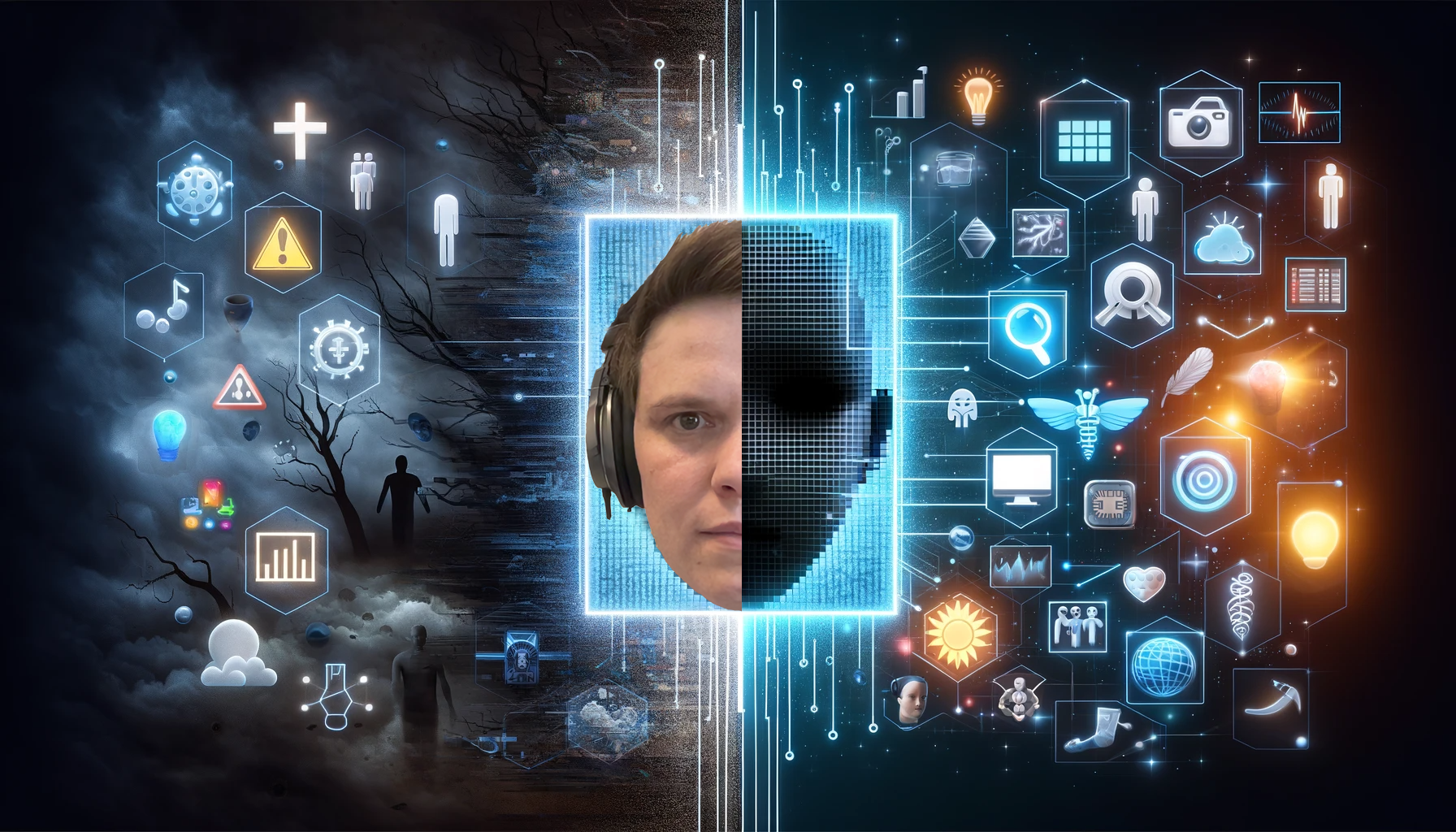The Future is Flexible: Cultivating Connection in a Remote World
How to Maintain An In-Person Connection and Work From Home
By MAXX Potential
- Posted:
- Businesses
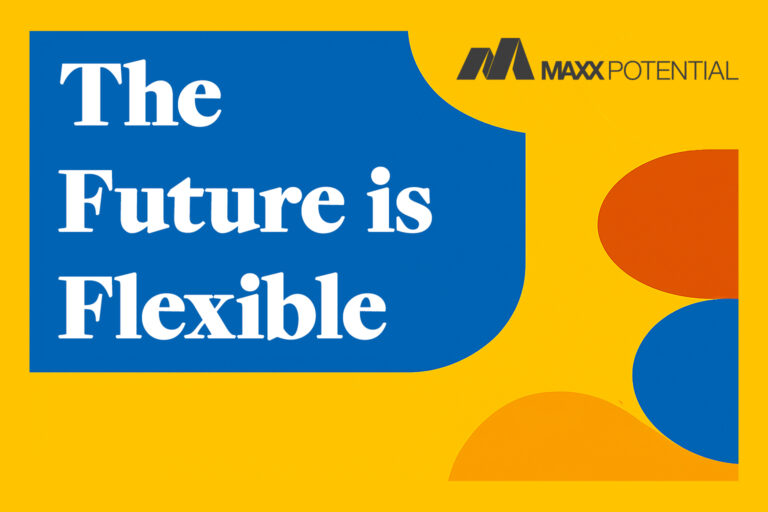
Imagine a world where your office is anywhere you choose, and your team is as connected as if they were sitting right beside you. This is not a distant dream—it’s the reality of today’s flexible work environment.
One of the biggest complaints that companies face when it comes to work-from-home employees has to do with the loss of the in-person connection. Workplaces plan gatherings, and no one shows up. They consider a return to the office and face grumblings. So how can remote employees and companies reap the benefits of an in-person connection without sacrificing the productivity and flexibility of WFH?
Before delving into the solutions, let’s consider the following words that were spoken five years ago, before LLMs hit the scene, but are still relevant today:
“‘Future of Work’ conversations are happening just about everywhere as we collectively keep working to improve ourselves and our world. What I do think is changing dramatically is the pace of change itself. We are following our human instinct to keep getting smarter, faster and better… To keep up, our approach at MAXX Potential is to foster experimentation and continuous learning across our entire organization. Cultivating and strengthening this culture in a distributed work environment is a top priority for us.”
— Kimberly Mahan, CEO of Maxx Potential, from the 2020 interview in the series “Preparing For The Future Of Work.”
How we work has shifted a lot in the last decade, and before the pandemic, only about 4.1% of the US workforce worked remotely. That number saw a ten percent increase with the largest percentage of that group being from the tech industry with its 67.8% of remote workers. The benefits are many while the negatives can feel insurmountable.
Many employers have issued an RTO, a return to office, which has been met with mixed feelings. Pew Research Center found that 46% of remote workers would be unlikely to stay at their job if their employers were to require a return to office. Employees crave the flexibility that working remotely allows, and yet, employers are wrestling with their bottom lines for productivity, management, and infrastructure.
It can seem impossible to balance the employee preference for WFH alongside that in-person connection. At MAXX Potential, we have it all: remote workers, in-person workers, and hybrid workers. You really can have it all, remote work and in-person connection, with a bit of creativity and structure.
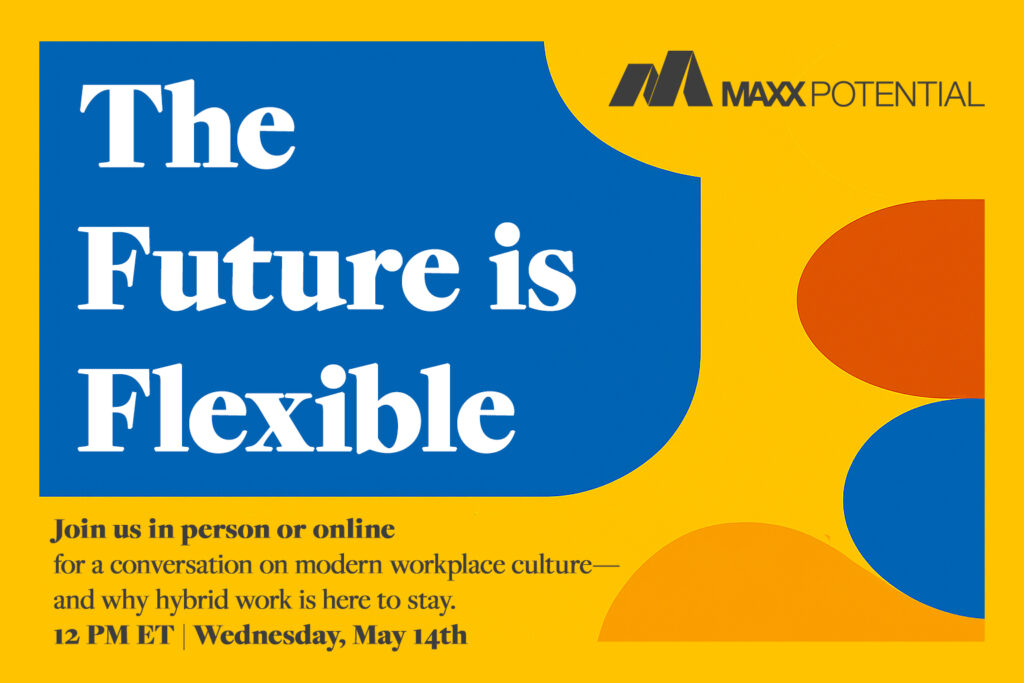
Building Communicative Collaboration
The loss of in-person collaboration and communication is one of the biggest problems that hybrid and remote naysayers cite. Without intentionality, WFH teams can become less efficient and effective. Other problems that are often highlighted are team cohesion, management, and scheduling. How does a company encourage strong teambuilding, smart management, and thoughtful scheduling when your team is spread across multiple work styles from fully in-person to fully remote?
Clear guidelines around company behavior and etiquette can be the foundation for developing a good team dynamic. By cutting out assumptions and creating clear expectations, teams can become well-oiled machines. Good hires who match the company values paired with clear understanding of work responsibilities can pre-emptively solve many problems. When leaders are dialed in, their team will be as well.
Managing a widespread team that includes remote, in-person, and hybrid employees faces different problems than a fully in-person team. It can be harder to support the team for work completion as well as career development. This requires thoughtful scheduling to ensure that everyone who needs to be in attendance for a meeting, whether online or in-person is notified.
Offices cannot rely on only vibes to create the communicative and collaborative environment that is desired for their workforce. It must become something that is clarified early and often so that employees know the expectations for their work and team life. Good team collaboration and communication is purposeful and never accidental.
Developing a Robust Infrastructure
The majority of employees perceive hybrid work as a flexible arrangement that caters to their preferred working styles—for example, concentrating on independent tasks at home and engaging in team-based collaboration at the office. “The Advantages and Challenges of Hybrid Work” by Gallup highlights the positive impact of hybrid work on both personal wellbeing and professional productivity. Nevertheless, the success of hybrid work hinges on the seamless coordination of technical infrastructure to adequately support a dispersed workforce.
Companies that have made the leap to remote, hybrid, and in-person employees find that they need to make decisions around the technology they will provide from hardware to software. The challenge lies in identifying platforms that effectively facilitate the unique workflows of their teams, a decision-making process that can be both complex and intimidating. The pandemic era saw the rise of numerous collaboration tools, such as Zoom and Slack, which have become staples in the hybrid work environment.
The flexibility of working from home introduces concerns about maintaining a healthy work-life balance. The omnipresence of work on personal devices raises the question: can employees truly disconnect? It’s crucial for companies to foster an environment where employees don’t risk burnout by overworking. This underscores the importance of setting clear expectations and demonstrating them through effective leadership.
Discovering a Flexible Future
According to a Pew Research Center survey taken in 2023, nearly a third (35%) of workers with jobs that can be done remotely are working from home all of the time. The survey also points out that 41% of those with jobs that can be done remotely are doing a hybrid work schedule where they work from home some days and work from the office other days.
At MAXX Potential, we have a widespread team that works a variety of schedules from fully in-person to fully remote with a few doing a hybrid setup. This flexibility allows for folks to do their best work, whether that’s home or in-person. We naturally use a variety of platforms to smooth the work collaboration, but we’ve recently implemented a tool that has brought back the 3-minute meeting for remote and hybrid folks.
“Roam is our virtual headquarters—our virtual office—and I absolutely love it. It’s one of the best things to happen for making remote work truly sustainable,” shared Tucker Mahan, Director of Emerging Technologies. When remote work became the norm, we lost those spontaneous knock-on-the-door moments. Roam brings that back. It makes it easy to jump into quick 3-minute conversations, whether one-on-one or with a group. You always have a clear sense of who’s around and available, which helps our team stay connected and collaborative.
Technology has opened the door to remote and hybrid work, and while in-person work has its benefits, many employees want the option to flex their time and productivity with remote work. This means that employers have the opportunity to create a work environment that will attract and support their team. Smart management alongside a robust tech infrastructure promises a good future.
The future is flexible.
And we would like to invite you to join our one-hour lunch meet-up on Wednesday, May 14th, at 12pm EST to discuss how companies can create an environment that can support WFH, hybrid, and in-person employees. This event spans across Richmond, VA (Gather), Durham, NC (ReCity), and a virtual Roam office—three spaces, one conversation. Unpack how hybrid work drives talent and culture. Spots are limited—sign up today!
MORE POSTS
How to Maintain An In-Person Connection and Work From Home
Director of Emerging Technologies Talks About AI Code Editors, Chat Interfaces, and Agentic AI
Building Tech Careers from the Ground Up


